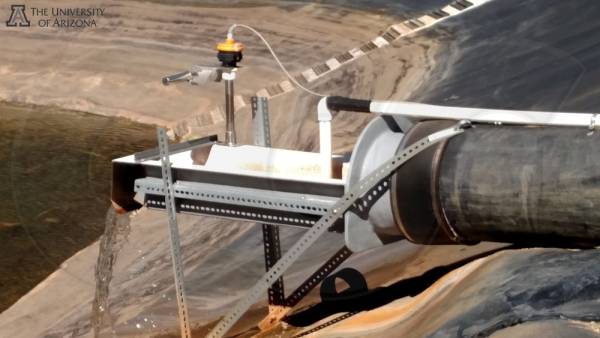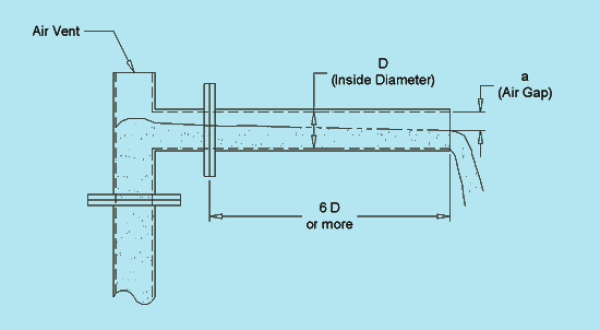This website uses a variety of cookies, which you consent to if you continue to use this site. You can read our Privacy Policy for
details about how these cookies are used, and to grant or withdraw your consent for certain types of cookies.
Measuring End-of-Pipe Flows with Weirs
End-of-pipe applications always present a problem when it comes to measuring the flow.
- Calibrated weirs like Thel-Mar’s are only intended for temporary installation and low flow rates.
- Circular weirs can be useful, but have be inserted into the pipe with the point of measurement even further inside.
- The California Pipe Method is no more than +/- 10% accurate and determining the water’s surface can be somewhat difficult.
- HS / H flumes work, but the flow equations are cumbersome and the equipment is more expensive than some solutions.
One good idea that we’ve run across is using a precast trough with a weir plate. The trough is butted up against the end of the pipe to direct all the flow through the weir.

The trough is sufficiently long to ensure that the flow has normalized across the trough before it reaches the point of measurement. A weir plate – in this case rectangular – is then bolted to the end wall of the trough to allow the flow to spill over.

While this approach won’t work for all end-of-pipe flows, it certainly is something worth remembering when you run across the problem.
Remember, sometimes simple works!
Images: NIWA (National Institute of Water and Atmospheric Research)
Related Blog Posts
Explore more insights in our blog.

LOCATIONS IN ATLANTA, GA & BOISE, ID




